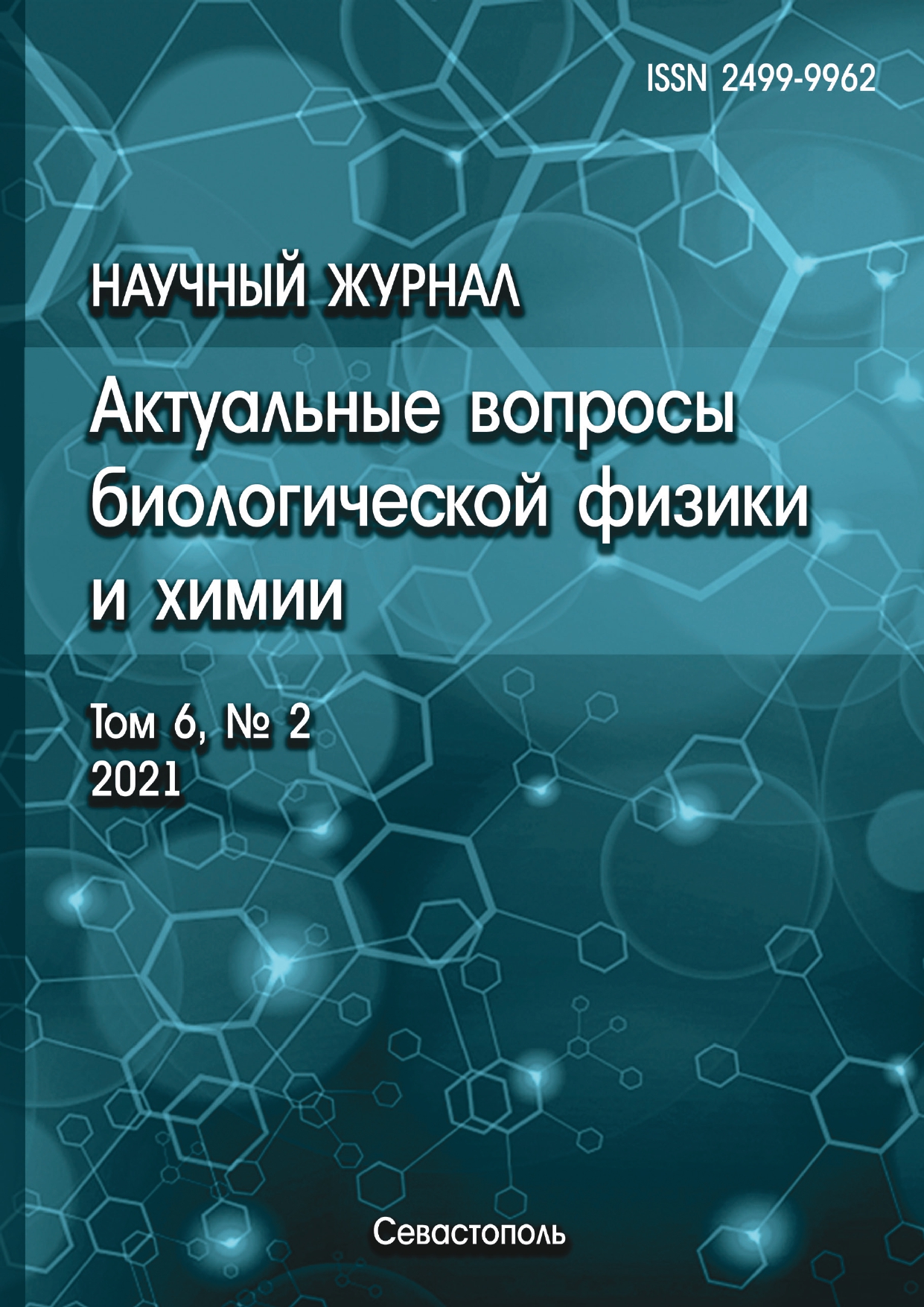Krasnoyarsk, Krasnoyarsk, Russian Federation
Krasnoyarsk, Krasnoyarsk, Russian Federation
Krasnoyarsk, Krasnoyarsk, Russian Federation
Siberian Federal University
Krasnoyarsk, Krasnoyarsk, Russian Federation
Krasnoyarsk, Krasnoyarsk, Russian Federation
A method of fabrication of a sensor composite based on alumina nanofibers and detonation synthesized nanodiamonds in the form of firm disks 0.5 mm thick and 40 mm in diameter has been developed. The conditions for thermal treatment of composite disks to impart them structural stability in aqueous solutions were selected. The effect of bleaching the composite was found when processing with temperatures above 500 °C - the dark gray color of the material changes to white. The observed effect is associated with the removal of non-diamond carbon from the surface of nanodiamonds incorporated in the alumina nanofibers matrix during thermal treatment of the composite at temperatures above 500 °C. This is confirmed by the results of simultaneous thermal analysis of composite materials - thermogravimetric analysis (TGA) and differential scanning calorimetry (DSC). Model experiments have demonstrated the applicability of the white composite for a visual qualitative assessment of the presence of phenol in water samples. By incubating composite samples in iron sulfate and copper sulfate solutions the materials were functionalized with these metal ions. It was found that the catalytic efficiency of the composites functionalized with Cu2+ and Fe2+ ions during phenol testing significantly increases in comparison with the initial composite by a factor of 2.6 and 3.2, respectively.
nanodiamonds, alumina nanofibers, composite, sensor, metal ions, functionalization, phenol
1. Ondigo D.A., Tshentu Z.R., Torto N. Electrospun nanofiber based colorimetric probe for rapid detection of Fe2+ in water. Analytica Chimica Acta, 2013, vol. 804. doi:https://doi.org/10.1016/j.aca.2013.09.051. EDN: https://elibrary.ru/SRLNZP
2. Sarika R., Shankaran D.R. Colorimetric detection of picric acid using rhodamine dye loaded nanofiber membrane. Sensor Letters, 2016, vol. 14. doi:https://doi.org/10.1166/sl.2016.3708.
3. Geltmeyer J., Vancoillie G., Steyaert I., Breyne B., Cousins G., Lava K., Hoogenboom R., De Buysser K., De Clerck K. Dye modification of nanofibrous silicon oxide membranes for colorimetric HCl and NH3 sensing. Advanced Functional Materials, 2016, vol. 26. doi:https://doi.org/10.1002/adfm.201602351.
4. Ronzhin N.O., Puzyr A.P., Burov A.E., Bondar V.S. Catalytic activity of nanodiamonds in azocoupling reaction. Journal of Biomaterials and Nanobiotechnology, 2014, vol. 5. doi:https://doi.org/10.4236/jbnb.2014.53020.
5. Ronzhin N., Puzyr A., Bondar V. Detonation nanodiamonds as a new tool for phenol detection in aqueous medium. Journal of Nanoscience and Nanotechnology, 2018, vol. 18. doi:https://doi.org/10.1166/jnn.2018.15382. EDN: https://elibrary.ru/YQAZPN
6. Ronzhin N.O., Posokhina E.D., Mikhlina E.V., Simunin M.M., Nemtsev I.V., Ryzhkov I.I., Bondar V.S. Production of a composite based on alumina nanofibers and detonation nanodiamonds for creating phenol indication systems. Doklady Chemistry, 2019, vol. 489. doi:https://doi.org/10.1134/S001250081911003X. EDN: https://elibrary.ru/KEENKH
7. Puzyr A.P., Bondar V.S. Method of production of nanodiamonds of explosive synthesis with an increased colloidal stability.RU Patent № 2252192. 2005, Bull, no. 14.
8. Features of Nafen alumina nanofibers. URL: http://www.anftechnology.com/nafen/
9. Eremin A.N., Semashko T.V., Mikhailova R.V. Cooxidation of phenol and 4-aminoantipyrin catalyzed by polymers and copolymers of horseradish root peroxidase and Penicillium funiculosum 46.1 glucose oxidase. Applied Biochemistry and Microbiology, 2006, vol. 42. doi: 10.1134/ S0003683806040119. DOI: https://doi.org/10.1134/S0003683806040119; EDN: https://elibrary.ru/XLKRMV
10. Koshcheev A.P. Thermodesorption mass spectrometry in the light of solution of the problem of certification and unification of the surface properties of detonation nano-diamonds.Russian Journal of General Chemistry, 2009, vol. 79. DOI:https://doi.org/10.1134/S1070363209090357. EDN: https://elibrary.ru/MWSSYF
11. Bradac C., Osswald S. Effect of structure and composition of nanodiamond powders on thermal stability and oxidation kinetics. Carbon, 2018, vol. 132. doi:https://doi.org/10.1016/j.carbon.2018.02.102 EDN: https://elibrary.ru/YICUOT










